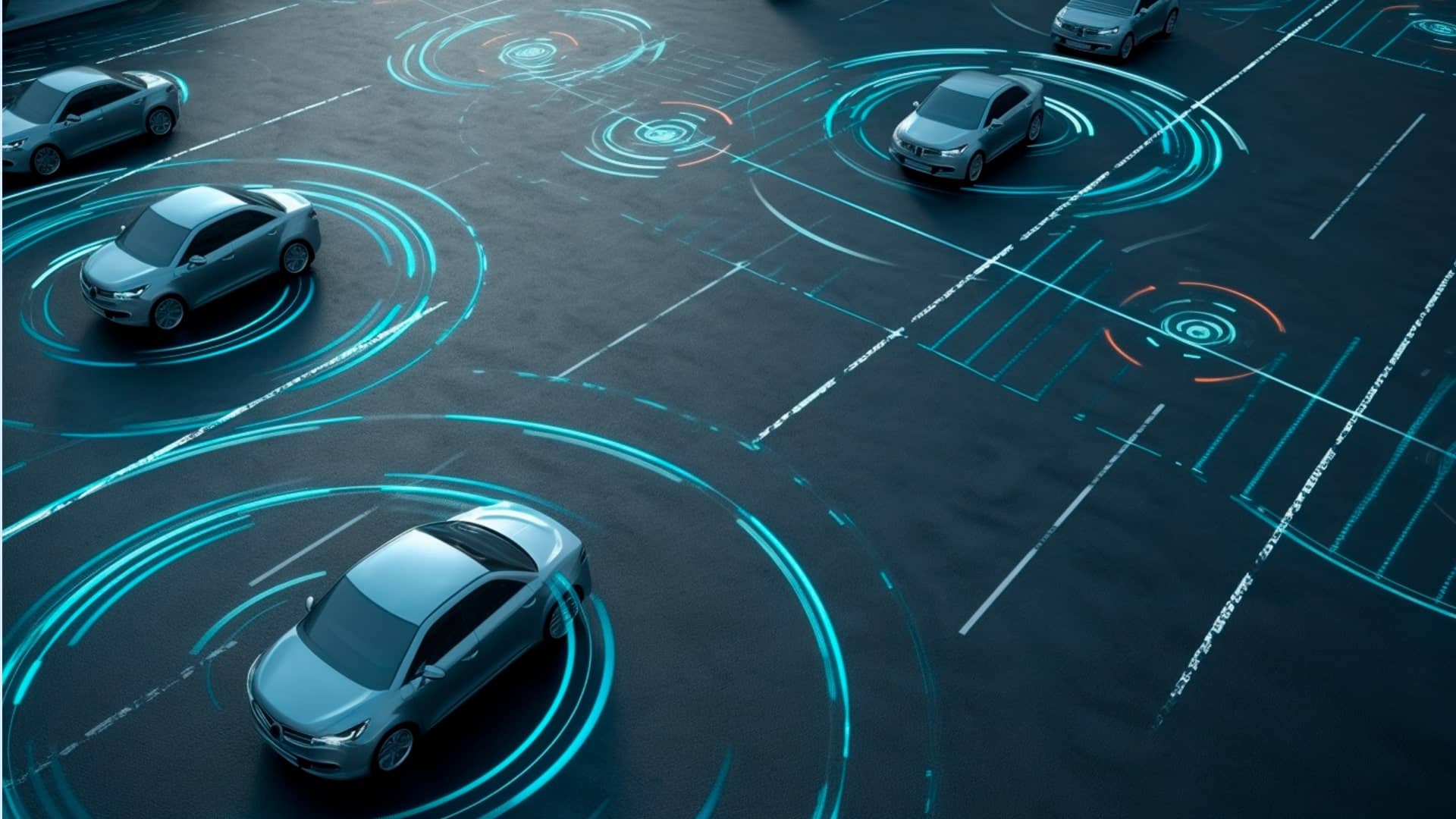In the ever-evolving world of vehicle technology, safety remains a paramount concern for drivers, passengers, and pedestrians alike. Among the myriad of innovations designed to enhance road safety, Automotive Driver Assistance Systems (ADAS) stand out as a transformative force. These systems are not just another feature; they are an essential tool in the quest to reduce accidents and improve driving conditions. In this comprehensive guide, we delve deep into the past, present, and future of ADAS, exploring its benefits, workings, and much more.
Understanding Automotive Driver Assistance Systems
Before we explore the multifaceted world of these systems, let’s define what Automotive Driver Assistance Systems are. In essence, ADAS are electronic systems in a vehicle that use advanced technologies to assist the driver. These systems are engineered to enhance road safety by minimizing human error, the leading cause of most road accidents.
The Evolution of ADAS: Past to Present
The Past:
The journey of ADAS began several decades ago with simple inventions like Anti-lock Braking Systems (ABS) and cruise control. These early systems laid the groundwork for more sophisticated technology.
The Present:
Today, ADAS encompasses a wide array of functionalities including adaptive cruise control, collision avoidance systems, lane departure warnings, automatic parking, and more. These features use sensors, cameras, and radar to monitor the vehicle’s surroundings and provide real-time assistance to drivers.
The Future Trajectory:
As we look to the future, ADAS is set to become more sophisticated with the integration of artificial intelligence and machine learning. This will lead to more predictive and adaptive systems, capable of handling complex driving scenarios and further reducing human error.
How Does Automotive Driver Assistance System Work?
At its core, ADAS is about data: collecting, interpreting, and acting upon it. Sensors and cameras around the vehicle continuously monitor the environment. This data is then processed by advanced algorithms that can identify potential hazards and prompt the driver or even take direct action to avoid accidents. For instance, if a pedestrian steps out onto the road unexpectedly, the system can alert the driver or apply the brakes automatically.
The Heart of ADAS: Sensors and Cameras
Firstly, the ADAS relies heavily on sensors and cameras. These are the eyes and ears of the system. They scan the surroundings of the vehicle constantly. They detect objects, lanes, signs, and more. This data is crucial. It forms the foundation of how ADAS operates.
Data Processing: The Brain Behind the Operation
Next, the data collected isn’t useful on its own. It needs processing. This is where the system’s ‘brain’ comes into play. Sophisticated software analyzes the data in real time. It understands what’s around the vehicle. It knows if there’s a risk nearby. This step is vital for the system to make informed decisions.
Action Time: Making Decisions
Once the data is processed, it’s decision time. If the automotive driver assistance system senses a potential hazard, it reacts. It might alert the driver with a sound or a visual cue. In some cases, it may even take direct action. For example, it can apply the brakes if it detects an imminent collision. This proactive approach is what makes ADAS so valuable.
Communication: Keeping the Driver Informed
Communication is key in any relationship, even between a driver and their vehicle. Automotive driver assistance system ensures the driver is always in the loop. It provides warnings and alerts. These can be about lane departures, upcoming traffic, or pedestrian movements. This constant communication helps the driver stay aware and react appropriately.
The Role of Artificial Intelligence
Now, let’s touch on artificial intelligence (AI). AI is becoming a big part of ADAS. It allows the system to learn from past data. It makes the system smarter and more predictive. With AI, ADAS doesn’t just react; it anticipates. This anticipation can be the difference between a close call and an accident.
Constant Updates: Evolving for the Better
Lastly, like any good technology, ADAS doesn’t stand still. It evolves. Regular updates improve its accuracy and capabilities. These updates might come from the manufacturer. Sometimes, they’re the result of broader changes in technology. Either way, they ensure that ADAS remains effective and reliable.
The Benefits of Automotive Driver Assistance Systems
The advantages of ADAS are numerous and impactful:
- Enhanced Safety: By reducing the reliance on human judgment alone, ADAS significantly lowers the risk of accidents.
- Reduced Stress: Features like adaptive cruise control and lane-keeping assist in reducing driver fatigue and make long journeys more comfortable.
- Better Traffic Management: With more vehicles capable of adjusting to the flow of traffic smoothly, congestion and erratic driving behaviors can decrease.
- Insurance Incentives: Many insurers offer lower premiums for vehicles equipped with advanced safety features.
The Road Ahead: The Future of ADAS
As technology continues to advance, the future of ADAS looks promising. We’re moving towards fully autonomous vehicles, and ADAS is a critical step in that journey. Integration with smart city infrastructure and V2X (vehicle-to-everything) communication will further enhance the capabilities and effectiveness of driver assistance technologies.
Integration with Autonomous Vehicles
Shortly, ADAS will become integral to autonomous vehicles. These systems will not just assist; they will take over driving duties. This shift promises safer roads, as machines, often more reliable than humans, will handle the driving.
Enhanced Sensor Technology
Sensors are the lifeline of any Automotive Driver Assistance System. Expect these to become more advanced. They will detect obstacles with greater accuracy and from farther away. This enhancement means quicker, more precise responses, further securing vehicle safety.
Machine Learning and Predictive Analysis
Machine Learning will elevate ADAS to new heights. Systems will learn from past incidents and predict potential hazards. This predictive ability means that ADAS will anticipate problems before they even arise, offering unprecedented levels of safety.
V2X Communication
Vehicle-to-everything (V2X) communication is the future. Cars will communicate with each other and with road infrastructure. This communication will provide real-time updates on traffic, weather, and road conditions, allowing ADAS to make more informed decisions.
Improved User Interface
As ADAS becomes more complex, the need for intuitive user interfaces grows. Future systems will feature interfaces that are easy to understand and interact with, making ADAS more accessible to everyone.
Wider Adoption and Regulation
In the future, expect to see wider adoption of ADAS. As these systems prove their worth, more vehicles will come equipped with them. Alongside this, regulations will likely mandate the inclusion of certain ADAS features, ensuring all drivers benefit from enhanced safety.
Customizable and Upgradable Systems
Finally, ADAS will become more customizable and upgradable. Drivers will choose the features they want and update their systems as new technologies emerge. This flexibility will ensure that every driver has access to the latest in safety technology.
Frequently Asked Questions
Q: Are Automotive Driver Assistance Systems reliable?
A: Yes, they are highly reliable, but it’s important to remember that they are assistance systems and not replacements for driver awareness and responsibility.
Q: Can I install ADAS in any car?
A: Some ADAS features can be retrofitted into older vehicles, but the full range is typically only available in newer models.
Q: How do I maintain my ADAS?
A: Regular maintenance by a professional is essential to ensure all sensors and cameras are functioning correctly.
Q: Will ADAS make my insurance cheaper?
A: Many insurance companies offer discounts for vehicles equipped with advanced safety features, but this can vary.
Conclusion:
Lastly, In conclusion, Automotive Driver Assistance Systems represent a significant leap forward in road safety. By understanding and embracing this technology, we can look forward to a future with fewer accidents, smoother traffic, and a more enjoyable driving experience. As this technology continues to evolve and integrate into our daily lives, the vision of a safer, more efficient road system becomes ever more attainable.



